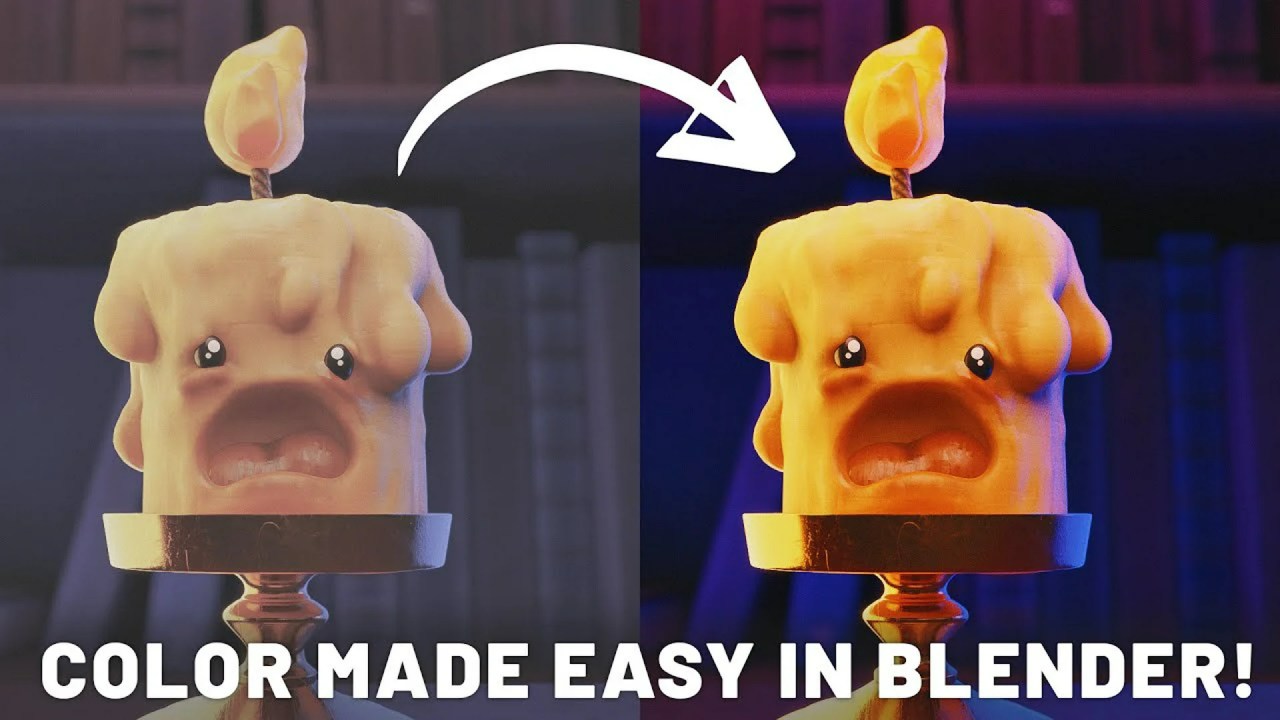The Blender 5.0 release is drawing closer, bringing a rich set of additions — a revamped UI, improved node workflows, powerful new modifiers, and an innovative storyboarding template. See how these upgrades simplify workflows and open fresh creative opportunities.
The long-awaited Blender 5.0 is promised to be packed with an array of impressive features, tools, and refinements aimed at boosting your 3D production process. For anyone involved in CG, it will deliver meaningful improvements and introduce novel approaches to tackling projects. To guide you through the changes, popular Blender educator and content creator, askNK, offers a thorough walkthrough in his newest video, “Blender 5.0 – New Tools, Nodes, Modes & More!”
askNK, celebrated for his clear and practical tutorials, regularly provides valuable guidance to Blender users. His knack for simplifying complex subjects makes his content useful to both beginners and veterans. In this detailed walkthrough, he inspects the updates that push Blender 5.0 forward, highlighting how the dev team focused on a cleaner, more attractive, and more efficient user experience.
A Refreshed User Interface and Experience
One immediate change in Blender 5.0 is the broad UI refresh. The app now includes new templates with distinct icons that improve discoverability. The “recent files” list has been expanded past the old 20-entry cap so your key projects remain within easy reach. Visual tweaks also touch the color controls, now offering linear and perpetual toggles in addition to standard RG and HSV choices for finer palette management. You’ll notice more icons and subtle color cues throughout — colored keyframes in the timeline, icons in edit-mode context menus, and customizable camera composition guides with specific colors. Theme options have been enhanced too. These incremental updates combine to create a more contemporary and user-friendly interface.
Beyond aesthetics, the workspace and rendering features received noteworthy improvements. The workspace area now provides useful options like “pin scenes,” “mode,” “sequence scene,” and “sync active scene,” giving more control over your environment. For multi-pipeline workflows, color management has gained new “working spaces” such as linear rec 709, linear rec 2020, and AC CG, applicable to both the Eevee and Cycles render engines, helping your renders align with industry color profiles. A major milestone is Cycles moving out of the “experimental” label — its features are now deemed production-ready, marking Blender’s maturity in high-quality rendering.
Powerful New Modifiers and Node System Enhancements
Modeling in Blender 5.0 is more flexible thanks to several new modifiers. You can now add a Lattice modifier to the selected object directly from the Shift+A menu, giving a quick deformation option with intuitive operator settings and subdivision choices. The “Generate” modifier category has expanded with notable additions. The Scatter on Surface modifier makes it easy to scatter single objects or whole collections across a surface, with controls for density, amount, transforms, randomness, and masking via textures or parameters — a strong tool for environment artists and procedural scene creation. The Curve to Tube modifier lets you sweep a profile curve along another curve to produce procedural tubular geometry with editable width and modifiers. The New Array system gives precise control through gizmos for translation, scale, rotation, start/end points, and count, supporting linear, circular (with radius), and custom transforms and even curve-driven arrays, cutting down on complex Geometry Node setups.
The asset browser and node ecosystems have also been upgraded to support a more modular, efficient workflow. Blender 5.0 includes more procedural node-group assets and new mesh utilities like edge length and face corner angle. The asset bundle features a community-contributed realistic skeleton available with the human base meshes — ideal for character animation and anatomical reference. Tooltips across node types are more informative, and collapsed nodes have a modern beveled look. A handy “node switching” feature (Shift+S) lets you swap nodes quickly in Geometry Nodes and the Compositor, accelerating iteration. Shader nodes gain menu switching, closures and bundles support, and a repeat zone. The viewer node now handles non-geometry data and variable numbers of inputs, and a new tangent node exposes mesh tangent vectors compatible with multiple renderers.
Seamless Compositor and VSE Integration, Plus Storyboarding
One of the most notable advancements is the improved integration between the Compositor and Video Sequence Editor (VSE). The Compositor layout is streamlined, replacing “Use Node” with a clearer “New Node” button. To preview Compositor effects in the viewport you can toggle “camera” or “always camera.” Importantly, the VSE now features a “Compositor” modifier, enabling complex Compositor effects to be applied directly to video strips. While very heavy effects may still rely on caching and not run fully in real time, this connection significantly improves post workflows and closes a long-standing feature gap.
For storytellers, a noteworthy addition is the “Storyboarding” template. This new workflow merges the sequencer and grease pencil tools, letting creators sketch and record actions across shots and frames to build sequential visual narratives. Though still evolving, it has strong potential as a standard pre-production tool. askNK also highlights that multiple group input nodes can be merged with Ctrl+J, and there are talks about refreshed viewport matcaps in future updates for enhanced visuals and control.
Conclusion
Blender 5.0 is more than a typical release; it reflects ongoing innovation and community-driven progress. With refined UI touches, robust new modifiers, deeper Compositor-VSE integration, and a promising Storyboarding template, this version delivers tools for artists at every level. Jump in, test the new features, and let Blender 5.0 expand your creative horizons. Happy Blending!



